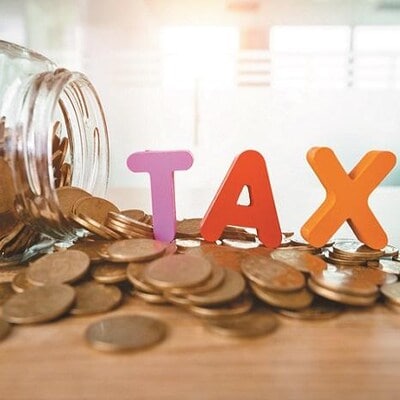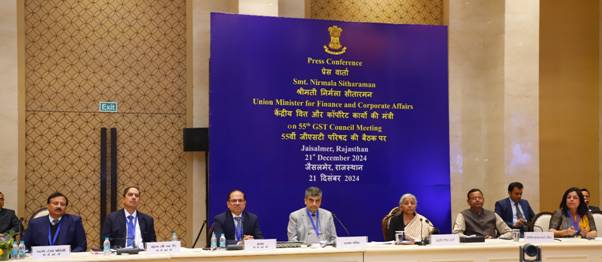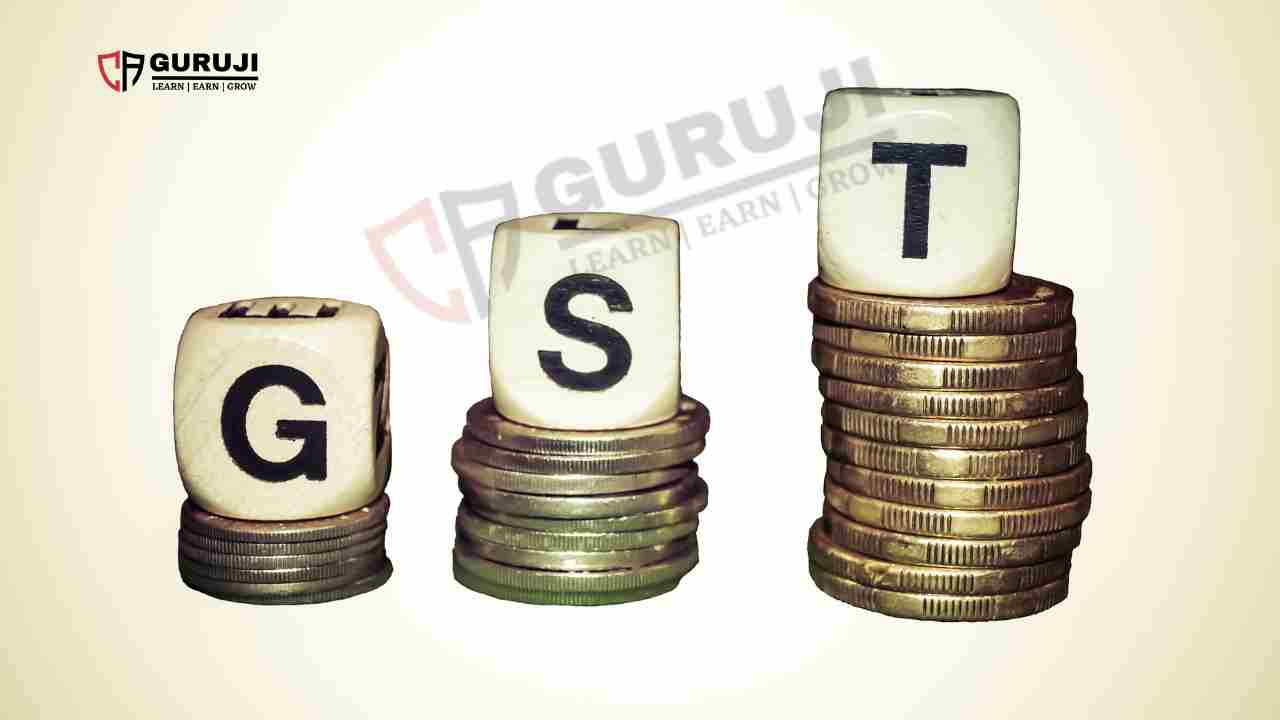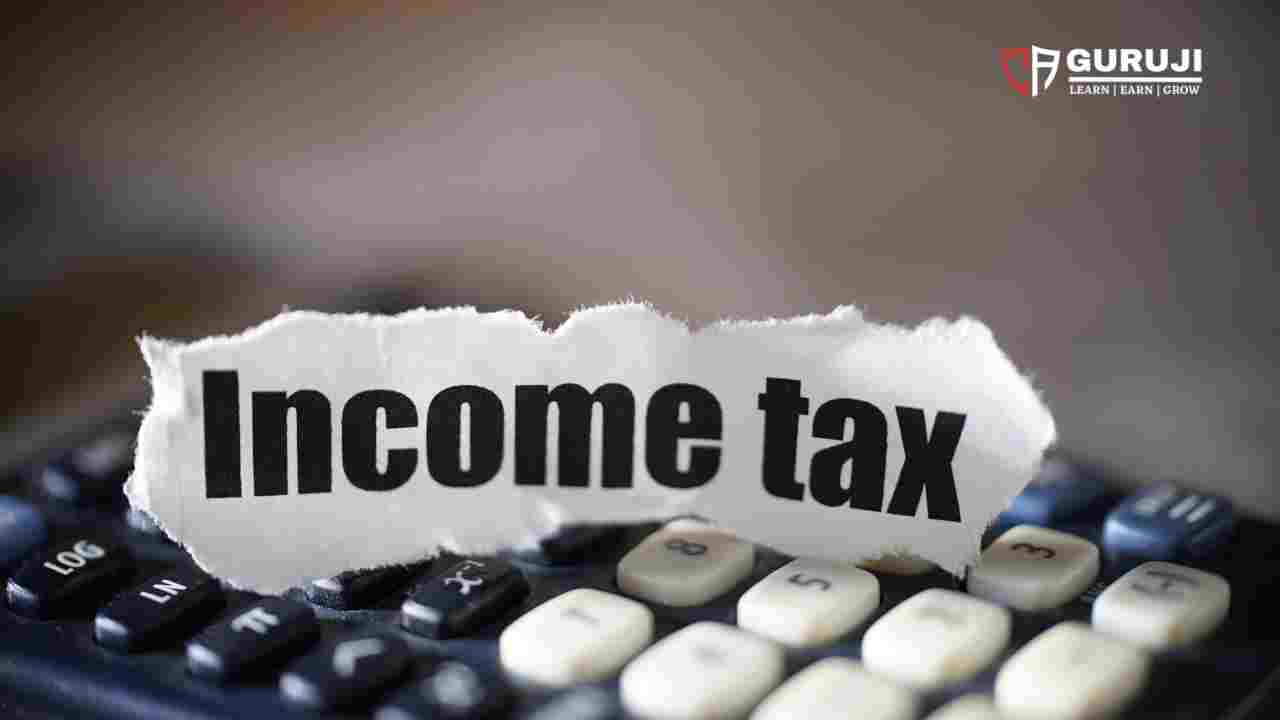Restructuring one’s salary has gained more prominence as employers are offering flexible packages now. This enables employees to rationalise each component of their salary to optimise the tax benefits. Some key components you can look at are as follows:
Basic Salary: Your basic salary, typically between 40% and 50% of your CTC, is taxable. So, a higher basic salary means more taxes. But reducing it too much can limit your take-home pay and benefits tied to basic salary (like PF contributions).Though it’s the most taxed component, it forms the basis for various other components like Provident Fund (PF), gratuity, etc. Adjusting it to a moderate proportion can balance between take-home pay and tax liabilities.
“The key is to find a balance. Senior employees in higher tax brackets might prioritize tax savings and opt for a lower basic salary with higher allowances (like phone, medical, or food reimbursements) that are often tax-exempt. This increases their disposable income. Conversely, junior employees needing a higher monthly pay check might benefit from a slightly higher basic salary with lower allowances,” said Tax Experts
Experts explains how the following components in your salary structure may help with tax optimization:
House Rent Allowance (HRA): For those paying rent, optimizing HRA can significantly reduce taxable income. Submitting rent receipts and ensuring the HRA is in line with the market rates for the area can maximize benefits.Negotiate a higher HRA component in your CTC. A portion of your HRA is exempt from tax if you pay rent and have valid rent receipts. You can claim up to 50% of your basic salary if you live in a metro city, 40% for non-metro cities, and minimum of actual rent paid for other locations.
Telephone and Internet expenses: Reimbursements for phone and internet bills can reduce your tax burden. The entire amount reimbursed, up to the amount listed in your salary breakdown, is tax-exempt. This applies to both mobile phone and broadband bills.
Food expenses: Food allowances of up to Rs 50 per meal are exempt from tax, but this underutilized benefit can reduce your taxable income.
Provident Fund (PF) and Voluntary Provident Fund (VPF): A mandatory savings mechanism that also offers tax benefits. Increasing your contribution to VPF can lower your taxable income while ensuring long-term savings.
Boost your retirement savings and lower your tax bill: Contributions towards your Provident Fund (PF) and National Pension Scheme (NPS) qualify for tax deductions under sections 80C and 80CCD of the Income Tax Act. There’s a combined limit of Rs 2 lakh per year for deductions under these sections. This means you can reduce your taxable income while saving for your post-retirement years !
*This table provides a simplified example of tax liability for an employee under the old tax regime. It’s important to remember that this may not reflect every possible allowance, deduction, or tax bracket you might encounter in real life.
The table compares two scenarios: a salary without allowances and deductions, and a salary with them. Allowances, such as HRA and transport allowance, are exempt from tax, meaning they don’t get added to your taxable income. Deductions, like PF contribution and medical expenses under Section 80D, reduce your taxable income by the deducted amount. The tax rates used are based on individual taxpayers below 60 years old, and for simplicity cess which is unform for all has not been factored into.
As the table demonstrates, strategically utilizing allowances and deductions can significantly lower your taxable income. This, in turn, reduces your tax liability under the old tax regime.
Experts explain how those opting for New Regime can also restrcture their salary to optimise their tax liability.
a. Invest in NPS: The National Pension System (NPS) is one of the few investments that still offer tax benefits under the new regime, under section 80CCD(2), where the employer’s contribution to NPS (up to 10% of the salary) is deductible.
b. Opt for Provident Fund : For those employees, who are not enrolled in Provident Fund can benefit from enrolling in it. Employer’s contribution to provident fund is not considered taxable and can reduce the taxable salary by upto 12% of Basic.
)
Visit www.cagurujiclasses.com for practical courses











